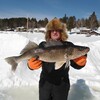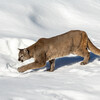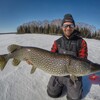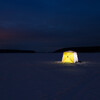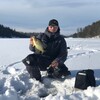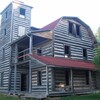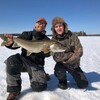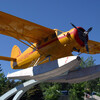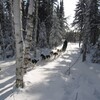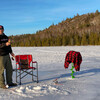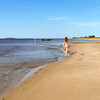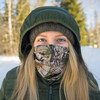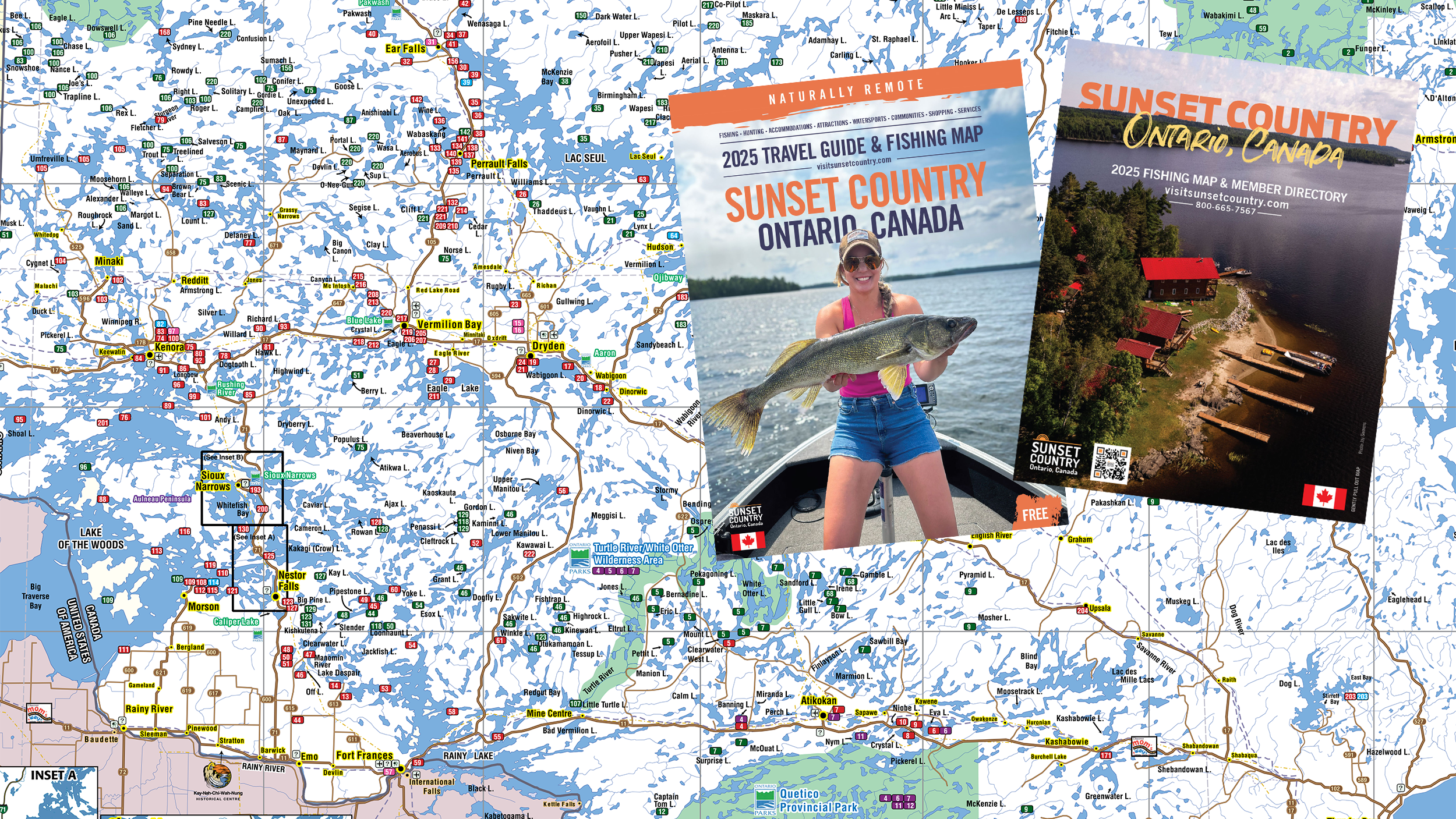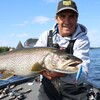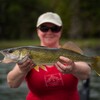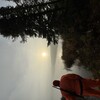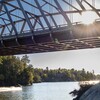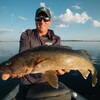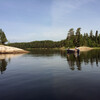
8 Facts You May Not Know About Moose
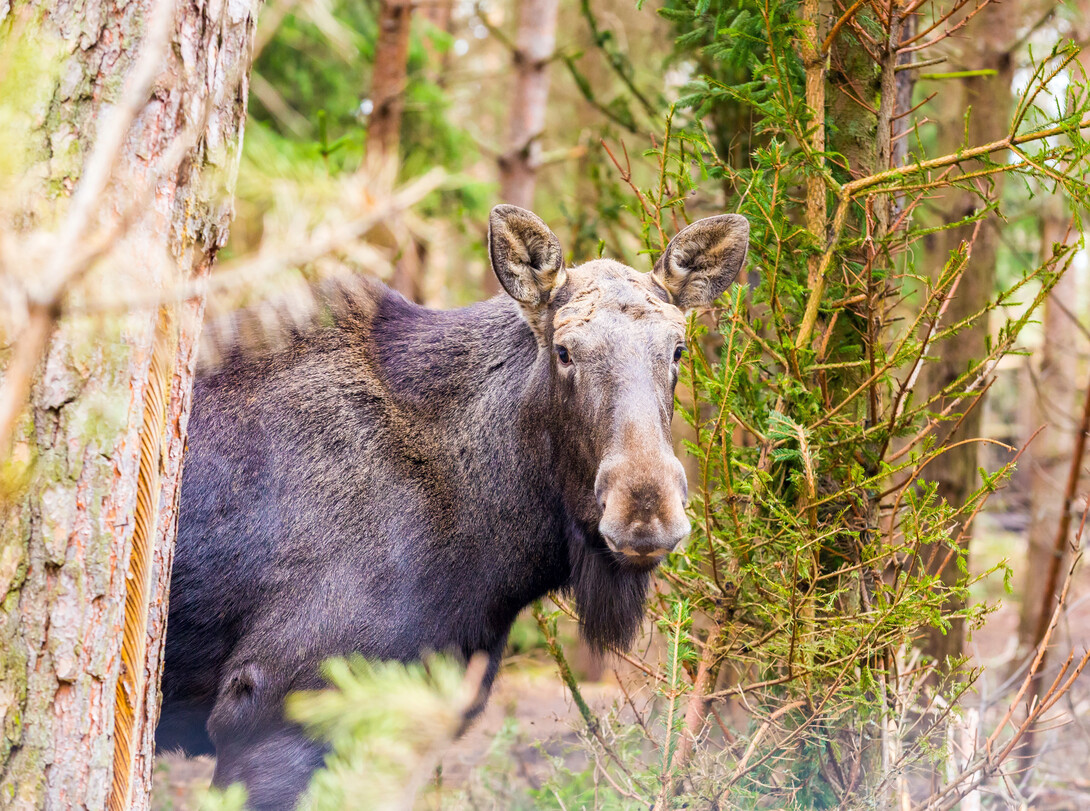
Did You Know this About Moose?
In Ontario's Sunset Country, you'll find moose in many areas throughout the region. Huge moose roam areas like Atikokan, Armstrong, Sioux Lookout, Pickle Lake, Ear Falls, Red Lake, and on the Aulneau Peninsula on Lake of the Woods.
You may have seen moose in our area before, but how many of these facts about moose do you know?
1 - Moose are HUGE.
You probably knew that they were big, but I mean they are really big. The average female weighs 771 lbs (350 kg) and the average male weighs 881 lbs (400 kg). They can get up to 1,800 lbs!
Their average length is just shy of 8’ to just under 10’ (2.4m to 3.2m). A bull moose’s antlers can spread up to six feet from end to end.

Cow moose and her calf on Marchington Lake at Ghost River Lodges.
2 - Bull moose shed their antlers each year.
After a male moose is a year old, he grows antlers that increase in size and weight each year. Then a yearly cycle starts where the antlers begin to grow on bull moose in the Spring and continue growing until September when the velvet that covers the antlers dries and falls off. Moose often rub their antlers on trees which helps the velvet come off.
Eventually, sometime between mid-November and March, the antlers will fall off. (Which doesn’t hurt them by the way.) Watch this really cool video of a moose shedding an antler.
Antlers aren’t used for anything in the summer but come fall when it’s mating season, they are used to intimidate their rivals. Once in a while when you have two bull moose of equal size and age, they may face off with each other like the two in the video below.
3 - Calves can grow quickly and outrun a person by the time they are 5 days old.
A baby moose (called a calf) grows at an incredible pace during its first year of life. Calves are born in the spring, gain about one to two pounds a day, and later end up gaining five pounds a day!!
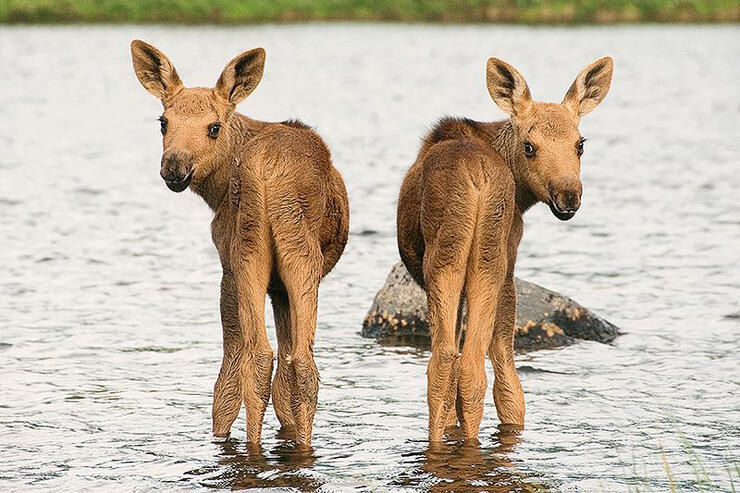
The Duininck party at Nestor Falls Fly-in Outpost on Larus Lake saw these twin calves on their fishing trip.
4 - In the Algonquin language, moose means eater of twigs.
Yes, moose are herbivores! They must eat all day to fill up. The name moose originated from the Algonquin word “moz” or “mons” depending on the dialect, which means twig eater. They eat any kind of vegetation and require almost 10,000 calories each day. Like cows, moose have four-chambered stomachs.
5 - Moose are powerful swimmers.
A moose can dive 20 feet underwater and stay underwater for up to 30 seconds! They can also swim fairly fast considering their size: up to six miles an hour. Moose hair is hollow, which helps them stay afloat while swimming or while eating. It also helps to keep moose warm in the winter.
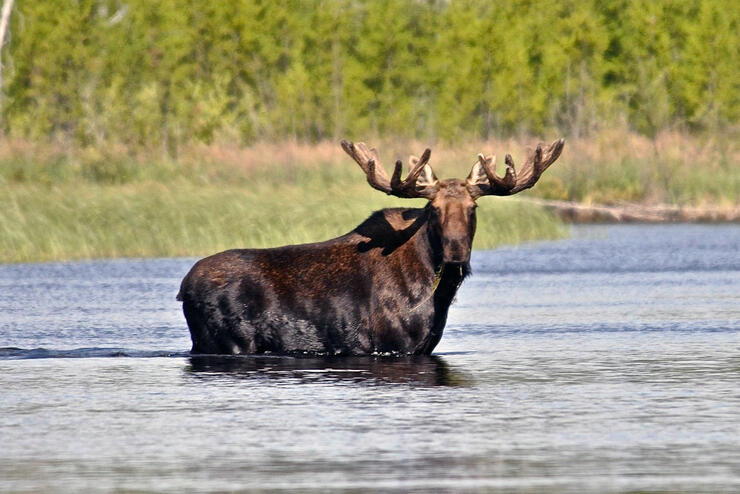
Beautiful moose near Guardian Eagle Fly-in Lodge near Sioux Lookout.
6 - Moose can live up to 20 years.
Many moose (more than 50%) are killed by predators like wolves or bears while they are still calves. However, if they can survive predators and hunters, they can live up to 20 years. Moose hunting in Ontario is carefully regulated and monitored.
7 - Moose only live in places that have snow cover in the winter.
Moose prefer colder climates, making Ontario’s Sunset Country the perfect place to live. They cannot take heat much over 80F (27C). During a hot summer day, you’ll see them in the water trying to cool off.
8 - Moose are part of the deer family.
Moose are the biggest member of the deer family. They are also the tallest mammals in North America.
One last quick fact: A moose can kick in any direction with its front hooves.
If you’re planning a trip to Ontario’s Sunset Country or just passing through on the Trans-Canada Highway, chances are you may see a moose. Be careful on the roads and watch out for moose or other wildlife, especially at dusk or dawn.
Here are some tips to reduce your risk of hitting wildlife on our highways.
Recommended Articles

Is the 1,400 Kilometre Drive to Northwest Ontario For a Fishing Trip Worth it?
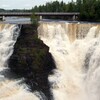
8 must-see waterfalls

6 Ways to Get Your 10,000 Steps This Fall

Top 5 Reasons You Should Be Fishing in Morson, Ontario

Discover The Winnipeg River

Enjoy Sunset Country's Fall Colours on Your Next Road Trip

Fishing in the Fall?

6 Reasons to Book a Fall Vacation to Sunset Country

10 Reasons to Avoid Ontario’s Sunset Country

Heading Across Canada?

A Guide to Sunset Country Museums
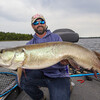
The Promised Land: Best Muskie Fishing in Ontario

Fall Fishing Tips
5 Essential Boreal Experiences in Ontario's Sunset Country

5 Obscure Facts About Northwestern Ontario: Were You Aware of These?

Great Food in Relatively Unknown Places
Outdoor Medicine

A Guide to Bringing Your Pets on Vacation to Canada

There's more than just fishing in the Red Lake Region

5 Amazing Sights You Can Only See By Boat

Going Fishing in Canada?

Going fishing in Ontario?

Outdoor Adventure in Ontario's Northern Paradise
Planning A Family Fishing Trip to Canada

Tips from a Fishing Legend

